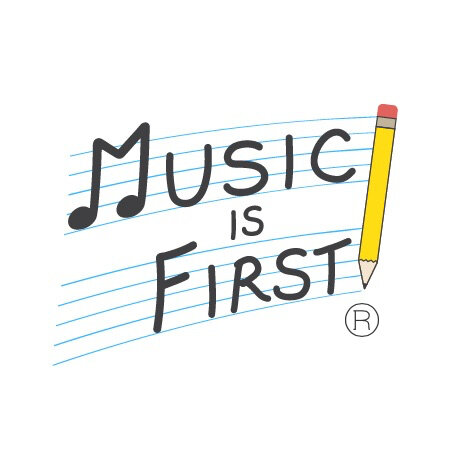Many of us might remember what it was like being a student in school, sitting at your desk, or table ready with anticipation to start a new activity. Try and imagine it’s the start of a new creative lesson and you have just been given something “neat-o” and amazing such as a xylophone or art activity with amazing magical colors and/or materials like clay. It’s sitting right in front of you when your teacher’s looming voice is heard saying, “Don’t touch anything! Keep your hands off until I SAY SO otherwise you will be removed from the activity!” And then… of course, one of your classmates just can’t keep his/her hands-off and goes for it and subsequently is removed from the activity while the rest of the class gets to participate.
And... as a teacher or parent you may swoon with the anxiety of noise and cacophony at the thought of their child having a drum-set in the house. So the mere thought of 25 youngsters together with drums might seem overwhelming to some. But with guidelines and a planned curriculum that yields to creativity but fits within a disciplinary structure, I believe drums and other instruments are manageable in the classroom and still fun in that “I can’t believe we ACTUALLY get to make music” kind of way.
The key to success has to do with sharing rules of what you can do and what you can't do. Then, it's important to demonstrate what that looks like. Excerpt of Lesson plan below.
MATERIALS NEEDED: You and your students
PREP TIME: 0
DURATION OF ACTIVITY: 15 minutes
SHARING THE RULES: Explain to students that we are going to go over five very important rules with music.
1) Question: Ask your students, “if you have a question, what to you do?? Answer: “Raise our hand.”
2) Playing music or drumming is a way of expressing ourselves and thus a way of talking so in order to hear what we are “saying” we have to know when to be an “audience” and when to be a “performer.”
3) When we have instruments there is to be no hitting, scratching or fidgeting with drumsticks or instruments. (Depending on the age level you may want to have them put sticks/instruments on the floor in between musical exercises when you are explaining directions.)
4) Managing noise levels and getting their attention: Explain to students that when they hear you clap a short phrase, (even if it’s “1, 2, 3, 4”) they are to repeat it back to you as soon as they hear it. With this tool you are free to divide students in small groups with percussion objects and still able to gain their attention when you need it without straining your voice. (You may have to do this a few times but the students will know that as soon as they hear this “1, 2, 3 and 4” or whatever you make-up that they are to stop whatever they are doing and answer back by clapping it back to you. This is a nice non-verbal way of asserting directions and ensemble playing. (For younger students I often say “1, 2, 3. Eyes-On-Me” and they learn the response: “1, 2. Eyes-On-You.”)
5) WARNINGS AND TIME-OUTS: One way I have found to be helpful for managing a classroom is to have a warning system. I explain to students that sometimes we all can forget to pay attention. If I see that behavior and it is distracting to the class at large I give a warning by saying “that’s 1.” If it continues I give another, “That’s 2.” And if after “That’s 3” we have an issue then it’s time for a “time-out.” A “time-out” is a time that the student observes what is going on in the class and then when they re-enter the activity not only are they up to speed, but they can also contribute by sharing what they just observed as a way to reenter the activity. Sending a child “away” can be counter-productive excludes them from an activity they may be having a hard time being part of.
Whether you use my system or not, as you enter this journey with your students you will begin to find what works for you and what doesn’t. I do want to encourage you to participate in music making with your students. The more you exemplify learning and creating with them the more it will be tangible and they will model after you. Showing your new-ness with some of these activities can actually make it a more rewarding experience as a group. They will enjoy learning with you and teaching you something too! Have fun and go for it!

